RPB Announces Stein Innovation Awards

Research to Prevent Blindness (RPB) is rolling out a new category of grants designed to foster collaboration between scientists working within departments of ophthalmology and those in complementary...
RPB/IRFF Announce Catalyst Awards for AMD Stem Cell Research

Research to Prevent Blindness (RPB) is partnering with the International Retinal Research Foundation (IRRF) to advance knowledge about age-related macular degeneration (AMD) through novel stem cell research. ...
RPB Provides $10.7 Million in Grants
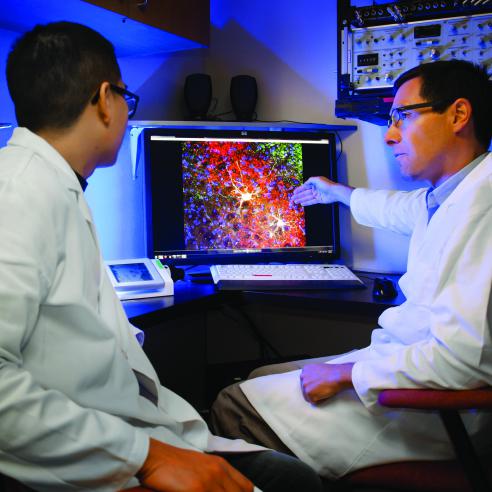
New York, NY, December, 2014 -- With the approval of 33 new grants to individual scientists and 24 grants to departments of ophthalmology, Research to Prevent Blindness (RPB), the leading foundation supporting eye...
Macular Degeneration Might Be Treatable With Existing HIV Drugs
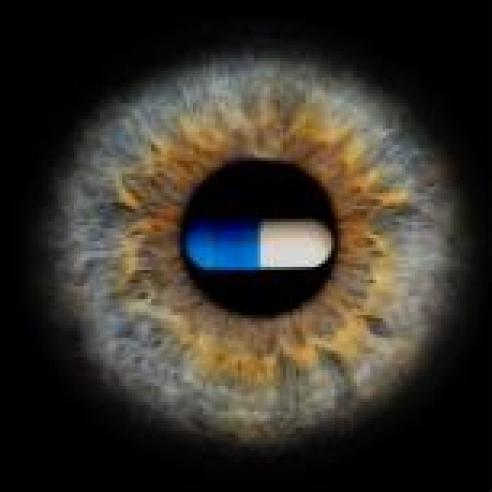
HIV/AIDS drugs that have been used for the last 30 years could be used to treat age-related macular degeneration (AMD), according to a study partially supported by unrestricted funds from RPB. The researchers...
Man Sees Again After 33 Years
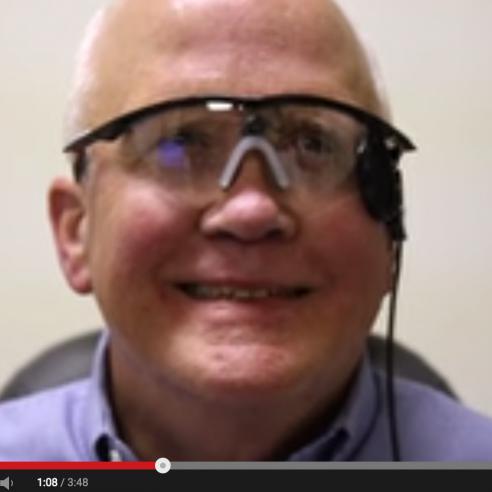
Larry Hester, 66, has been blind for half his life from retinitis pigmentosa. In September, 2014, an electronic stimulator called the Argus 2 (developed, in part, with RPB support) was surgically implanted in his...
RPB Convenes Vision Research Funders to Explore Potential for Collaborative Initiatives
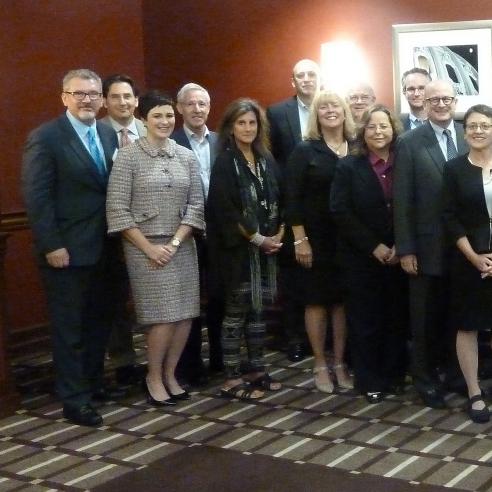
Click here for photo identification. Photo ID includes links to all attendees' web sites.Research to Prevent Blindness hosted a convening of nearly two dozen organizations committed to the advancement of eye...
New Poll Places Fear of Vision Loss at the Top of Americans’ Health Concerns
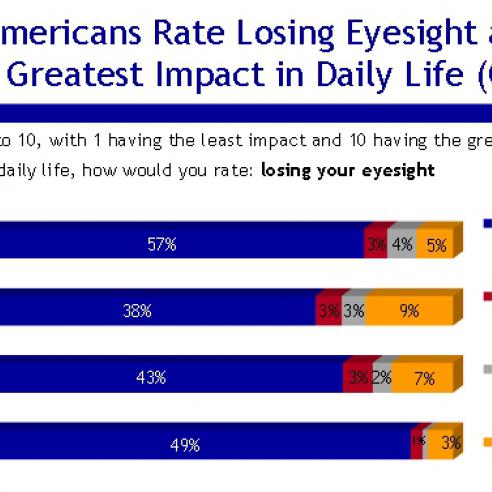
"We can now give hope to patients who previously had no hope. Although the federal investment in the NEI provides seed funding for potential breakthroughs, we need private philanthropy and industry to invest...
RPB helps create a $3.75 million endowed vision research chair at UAB
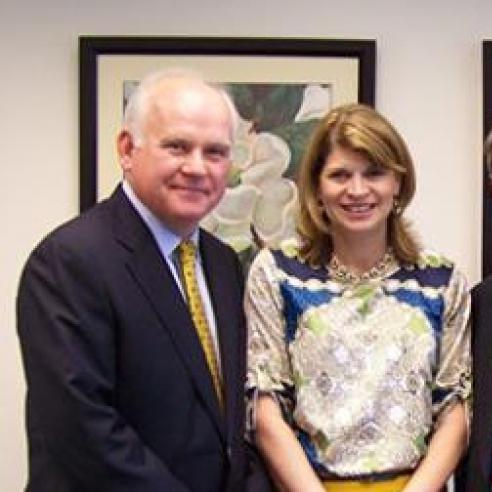
The endowment will enable the University of Alabama Birmingham department of ophthalmology to recruit a world-class scientist to join its existing roster of international experts in the study of blinding diseases...
Omega-3 Inhibits Blood Vessel Growth in a Model of AMD
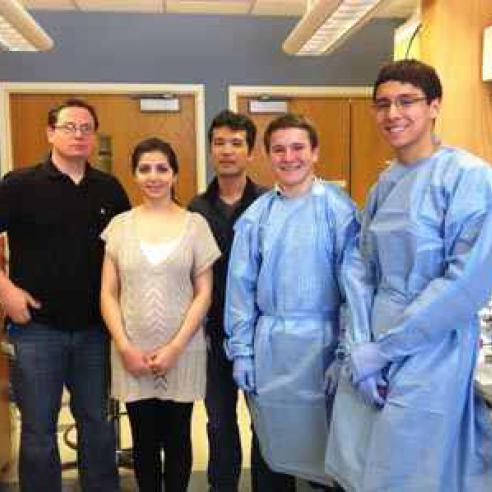
Age-related macular degeneration (AMD), which is characterized by choroidal neovascularization (CNV), or blood vessel growth, is the primary cause of blindness in elderly individuals of industrialized countries. The...
RPB Donates Bust of Dr. Jules Stein to The NEI
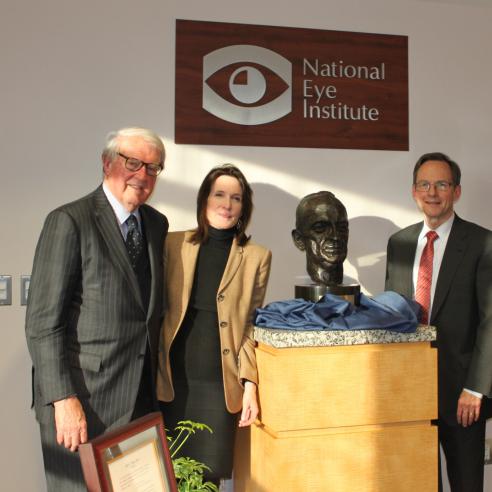
In January of 2014, National Eye Institute director Dr. Paul Sieving accepted a bust of Dr. Jules Stein on behalf of the NEI. The bust, created by renowned Cubist sculptor Jacques Lipchitz, was a gift from RPB. Dr....
Light-sensitive "eye-in-a-dish" created from stem cells
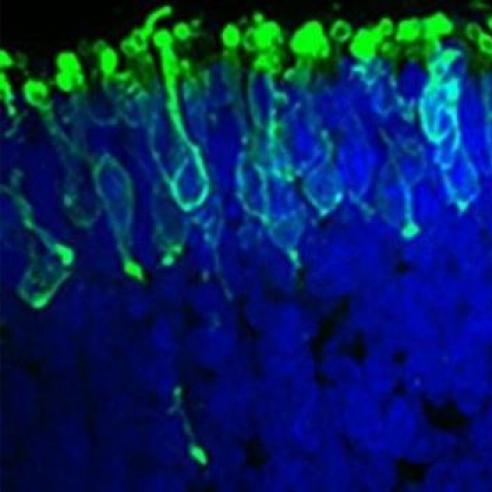
According to RPB Special Scholar Awardee Dr. Valeria Canto-Soler, Johns Hopkins University School of Medicine: "We have basically created a miniature human retina in a dish that not only has the architectural...
New research sheds light on how UV rays may contribute to cataract
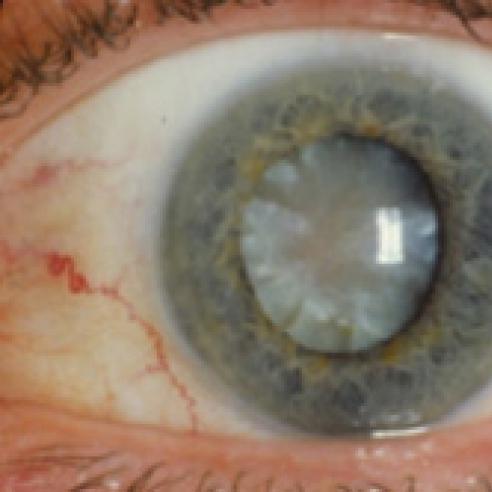
A new study offers an explanation for how years of chronic sunlight exposure can increase the risk of cataract, a clouding of the eye lens that typically occurs with aging. The study firms up a link between the...
Amblyopia Research Gets a Boost: RPB Matches a Special Donor’s Targeted Support

RPB is doubling its annual support of amblyopia research and honoring an esteemed donor, the late Diane Disney Miller. Amblyopia, commonly referred to as "lazy eye," is the major cause of monocular...
RPB Accelerates Retinitis Pigmentosa Research with Awards to Leading Scientists

RPB is providing $500,000 to accelerate the development of treatments for Retinitis Pigmentosa (RP) -- a family of retinal diseases that progressively create extreme tunnel vision, loss of night vision and leave...
Contacts better than permanent lenses for babies after cataract surgery
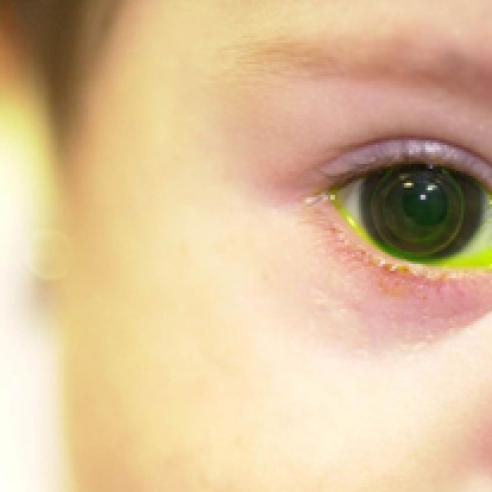
For adults and children who undergo cataract surgery, implantation of an artificial lens is the standard of care. But a clinical trial, funded jointly by RPB and the National Eye Institute, suggests that for most...
Subscribe
Get our email updates filled with the latest news from our researchers about preventing vision loss, treating eye disease and even restoring sight. Unsubscribe at any time. Under our privacy policy, we'll never share your contact information with a third party.
| General Info | Grants | News & Resources |




